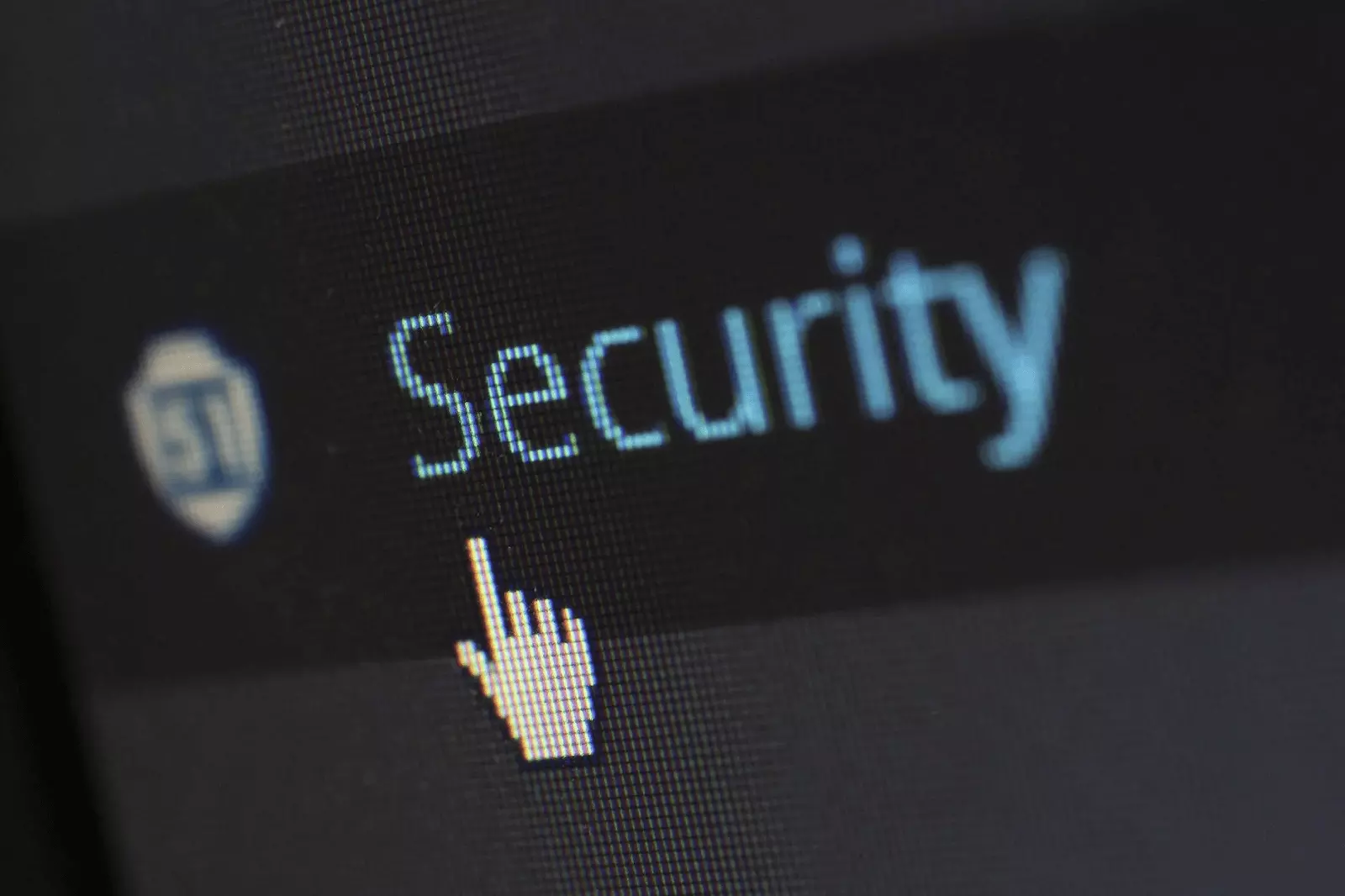One of the biggest trends that many companies are following is to allow more of their employees to work remotely.

Whether this helps them to save money, is a benefit that brings in more employees, or to keep them safe during the pandemic, more companies are interested in having employees work remotely.
There are many benefits to having employees work from home and your employees may enjoy it too. However, allowing your employees to access the network from different locations can bring up cybersecurity issues if not addressed properly.
Companies who have a remote workforce need to consider the best way to maintain cybersecurity in these situations. There are a few steps that you can take, but planning early will make a difference and can protect sensitive data. Some steps to use to maintain cybersecurity include:
1. Create the Right Policies for Remote Workers

New technology and updated software and hardware are important to help maintain your cybersecurity. You also need to create the right policies for your employees when they work from home.
There are certain security procedures that you can have in place when all employees are in the office, but these are hard to implement when employees are able to access the database and do work from any location.
It is a good idea to set up policies for how employees can access the network. Train all employees on the processes you would like followed and create policies on how employees should use their computers and access the network.
For example, it may be a good idea to have your staff use a VPN any time they want to access the network. Set up an easy process for the employees to use when reporting any activity that seems suspicious. These methods will help to prevent attacks and keep digital threats away.
Work with your IT team to decide the best policies that you should have in place, taking into consideration how remote workers complete tasks and what they will need to learn to follow those policies too.
2. Update Equipment When Necessary
Using technology that is outdated is one of the quickest ways for your data to get compromised. These technologies may have holes in the security and are easy for hackers to get into.
As your workforce moves to remote locations, you may want to update all of the software and hardware that you are using. The first place to use is the laptops. When the employees use older laptops, they are going to expose themselves to more digital threats that are not as likely with newer computers.
If you are the one who provides the employees with laptops, then it is important to update these and invest in something new. Make sure that it has all the updated software and hardware, including good antivirus and malware before handing them out.
If your employees are allowed to have their own personal computers, require them to meet certain standards before being able to use those computers for work purposes. You need them to have up-to-date systems before accessing company resources.
3. Log-In Information

You may want to consider what processes need to be in place when it comes to employees logging into the network. While they do need to be able to work from anywhere if they are remote workers, you need to make sure the data is safe the whole time too.
Having strict methods that all employees must follow to get into the system is the best option. Strong passwords that have to be a combination of letters, numbers, and special characters and ones that must meet a minimal character count can be a good start.
Some companies choose to go with two-factor authentication. This requires a password and some other method to make it harder for a hacker or someone else to get onto the system. You can choose how this authentication is set up.
You may also want to require that your employees use a VPN when accessing the network. This will help hide their location and information, making them anonymous when they are online. Always make sure that the employees use a secure wireless network when they access their work, not open Wi-Fi.
4. Conduct a Cybersecurity Assessment
Conducting a cybersecurity assessment helps your company know where potential risks are in your network. When you have a remote workforce, you will need to determine where all the risks are and then come up with a plan that will help you deal with those risks.
These assessments will help you to identify, estimate, and prioritize all the risks that are in your organization. You should do one even if your workforce is not remote. When your workforce is remote, then these assessments are even more important.
Some of the reviews that need to be done with this assessment include:
- Asset vulnerabilities that have been identified and documented.
- Cyber threat intelligence that is received from forums and sources of information sharing.
- External and internal threats are identified and documented.
- How these threats can potentially impact your business can be discussed.
- Threats, vulnerabilities, and impacts are all reviewed to determine the risk.
- A response to these risks will be identified and then the company must prioritize what to do first.
While most businesses believe their network is secure and they have a stronger system than their competition, most are missing out on key components and may have glaring holes in the network. It is important to finish this assessment to keep things safe when employees are remote.
Maintaining Your Cybersecurity

It is important to find the right cybersecurity plan to help keep your system safe, even when employees are not right at the office all the time. With many companies exploring remote work and employees not always working from the office, cybersecurity is more important than ever.
With a plan in place, you can protect all your data and sensitive information for your customers, even when your employees work remotely.







Leave your comments
Post comment as a guest